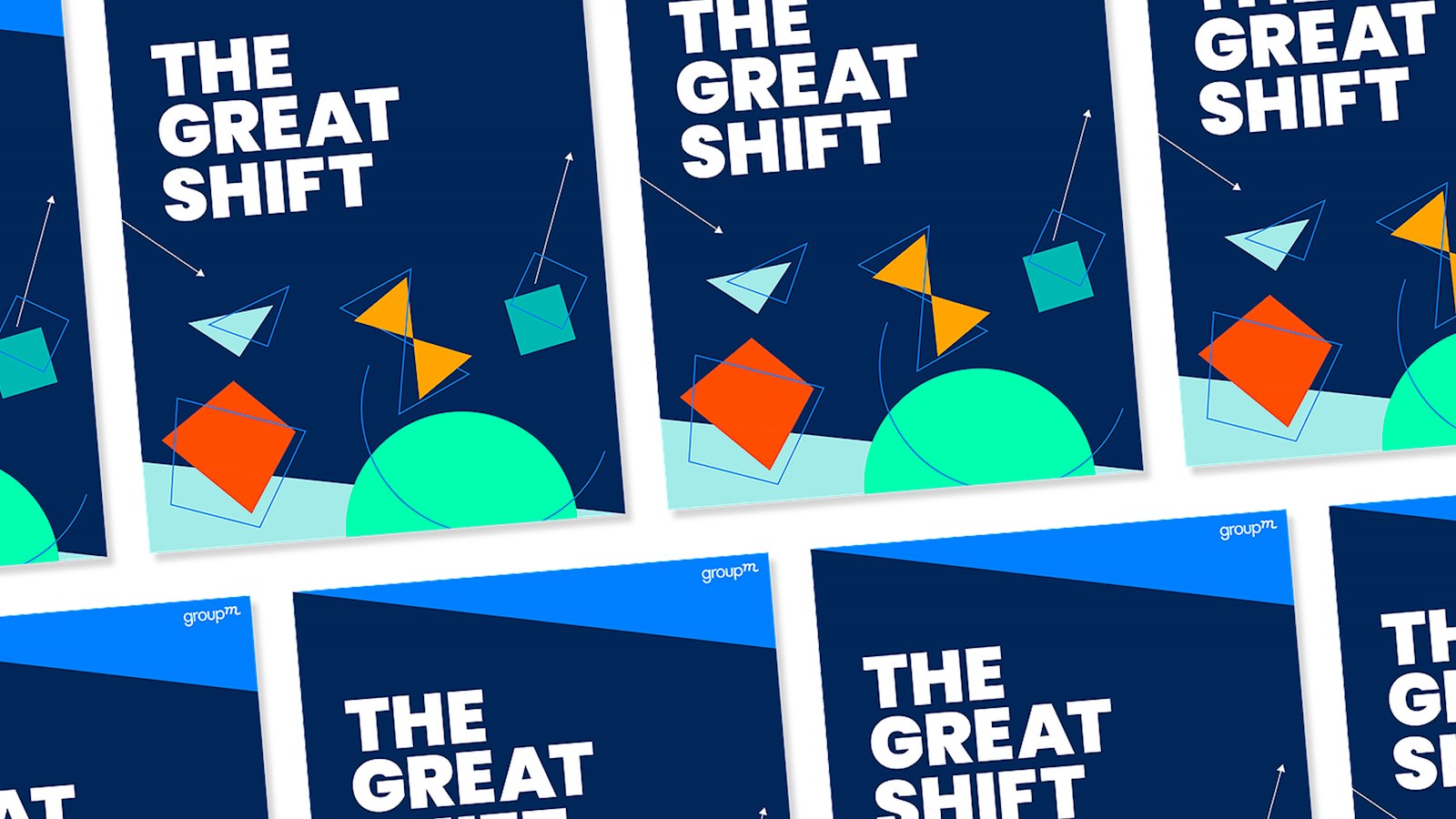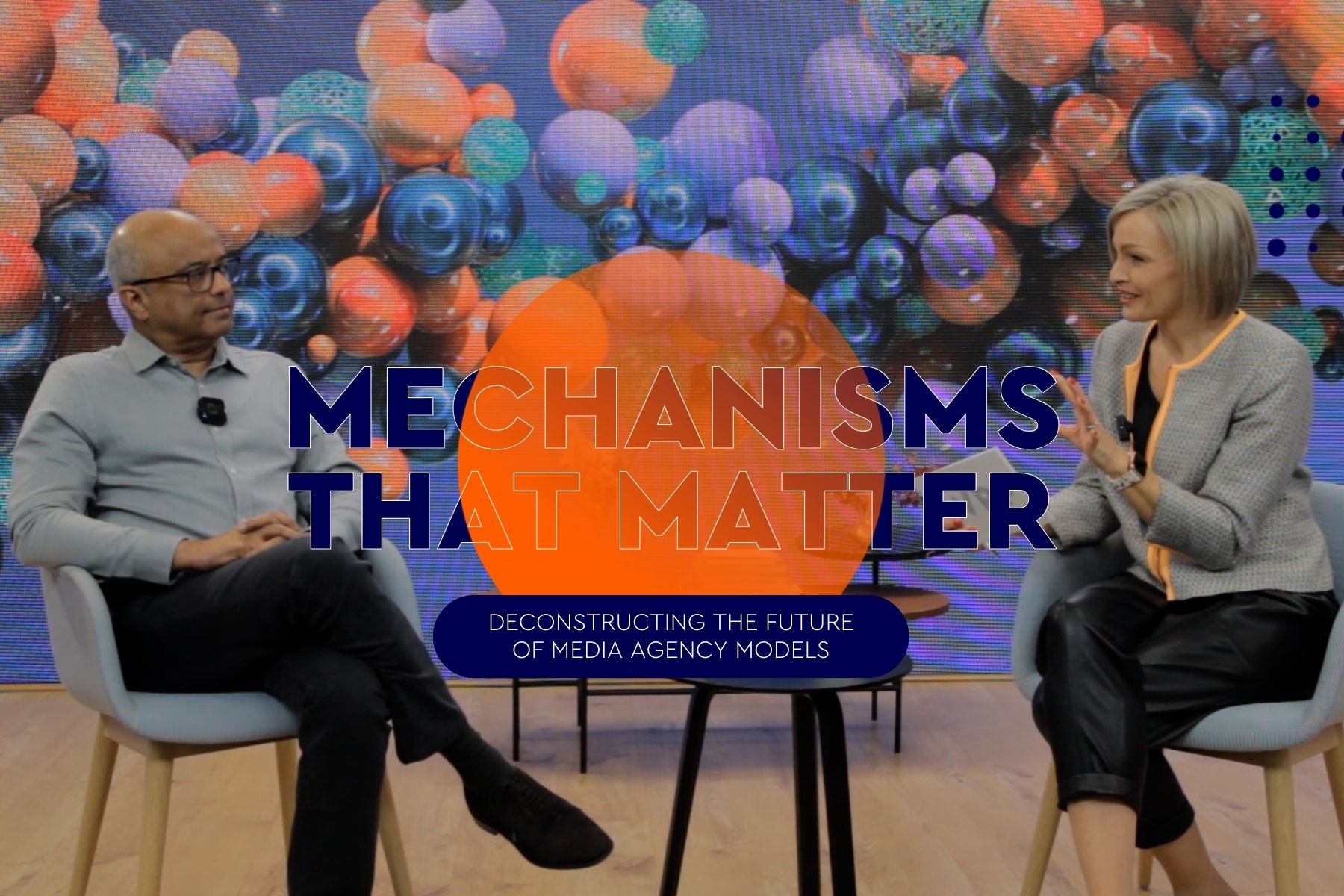
The Great Shift: how COVID-19 has shifted the marketing landscape
Marketing is a critical element of success for four key sectors: auto, telecommunications, consumer packaged goods (CPG) and financial services. GroupM’s The Great Shift looks at how each has experienced a ‘shift’ due to COVID-19
The coronavirus pandemic has had an unprecedented effect on the physical, social and economic wellbeing of populations across the world. In the marketing sphere many large-scale changes were already underway, including the use of virtual sales channels and other digital transformation strategies. In 2020, as companies, workers and consumers scrambled to adapt to the realities of life in a pandemic, these changes have undergone remarkable acceleration.
While some of the businesses in heavily affected sectors managed to adjust, with some even benefitting from record-setting demand, countless other companies were unable to meet the moment, for any number of reasons, and have been forced out of business.
The knock-on effects of the pandemic have amplified many other pre-existing trends such as reduced global trade, rising income inequality and increasingly widespread calls for social justice.
During this period marketers across the world have faced their greatest level of uncertainty, forcing the need for transformation.
Today, companies must react or invent new ways of selling products while also building brands to support future sales. They must do this without the aid of any playbook or standard operating procedure.
Nonetheless, all of this disruption presents unique opportunities. The pandemic has forever altered the perception of limitations on the ways business can be conducted, as well as the way marketers can interact with their audiences. Marketers who can look at the world with fresh eyes and identify new paths forward will be the ones that come out ahead.
The Great Shift serves as a guide for how COVID-19 has shifted the landscape for four major sectors: auto, consumer packaged goods (CPG) and ecommerce, telecommunications and financial services. For each of these sectors, marketing is a critical element to success, and, as a result, we must alter the way we think of them as sources of inventory.
Key takeaways include:
- Auto has rebounded from a decline of 40-45% at the lowest point in April 2020, to current levels of flat or higher.
- Car manufacturers have shifted to online relationships with consumers.
- As a result, it will be vital for them to invest heavily in consumer insights. This will help them to integrate new desired experiences for customers into the buying process.
- CPG manufacturers experienced a significant transition in how their products are sold. This led to a 277% increase in retail sales via ecommerce channels for food & beverage and health & personal care companies in 2020.
- Manufacturers relying primarily on third parties like Amazon or other online retailer sites will find tremendous opportunities by prioritising investments in direct-to-consumer (DTC) initiatives. Consumers are primed, more than ever, to buy online.
- Telecommunications consumers have exponentially increased internet usage – telco has responded with faster, more robust broadband services to meet new demands. This includes everything from more people working or schooling from home, and streaming service growth, to telehealth needs, ecommerce and contact tracing systems.
- Connectivity for the Internet of Things (IoT) is more favourable for mobile carriers because network improvements like 5G will enable wireless communications companies to offer today’s home-based services on a more equal footing.
- Reliability, ease of use and access to additional services will become even more important as they are reinforced by ongoing consumer interactions.
- Financial Services has fared well during the pandemic, aided by liquidity from central banks around the world, along with new government-backed loan programmes and stimulus payments made to consumers.
- Banks have served as a digital role model for other industries thanks to the more digitally-focused services in their product portfolios.
- Banks will need to sustain their investment in branding to reinforce trust as well as heavily invest in data-related infrastructure.
- Entertainment, particularly streaming services, soared. This is in large part because spending on content packaged by streaming services has been growing much more rapidly than spending on content packaged by incumbents.
- Going forward, studio owners will need to invest heavily in capabilities to aggregate and analyse data to understand consumers’ content and platform preferences, optimising assets accordingly.
published on
15 December 2020
Category
More in Communications

Mechanisms that Matter – How India is fuelling growth for global brands
CVL Srinivas tells Anna Hickey how WPP Open is fuelling a testbed for new working models, innovation, and automation.

Media in India: the future is now
Brands pursuing the Indian market must focus on personalised experiences and data-driven strategies

Mechanisms that Matter – Inside our partnership with Google
Richard Hartell, WPP’s Global Client Lead for Google and CEO at Media Futures Group, talks to Anna Hickey

